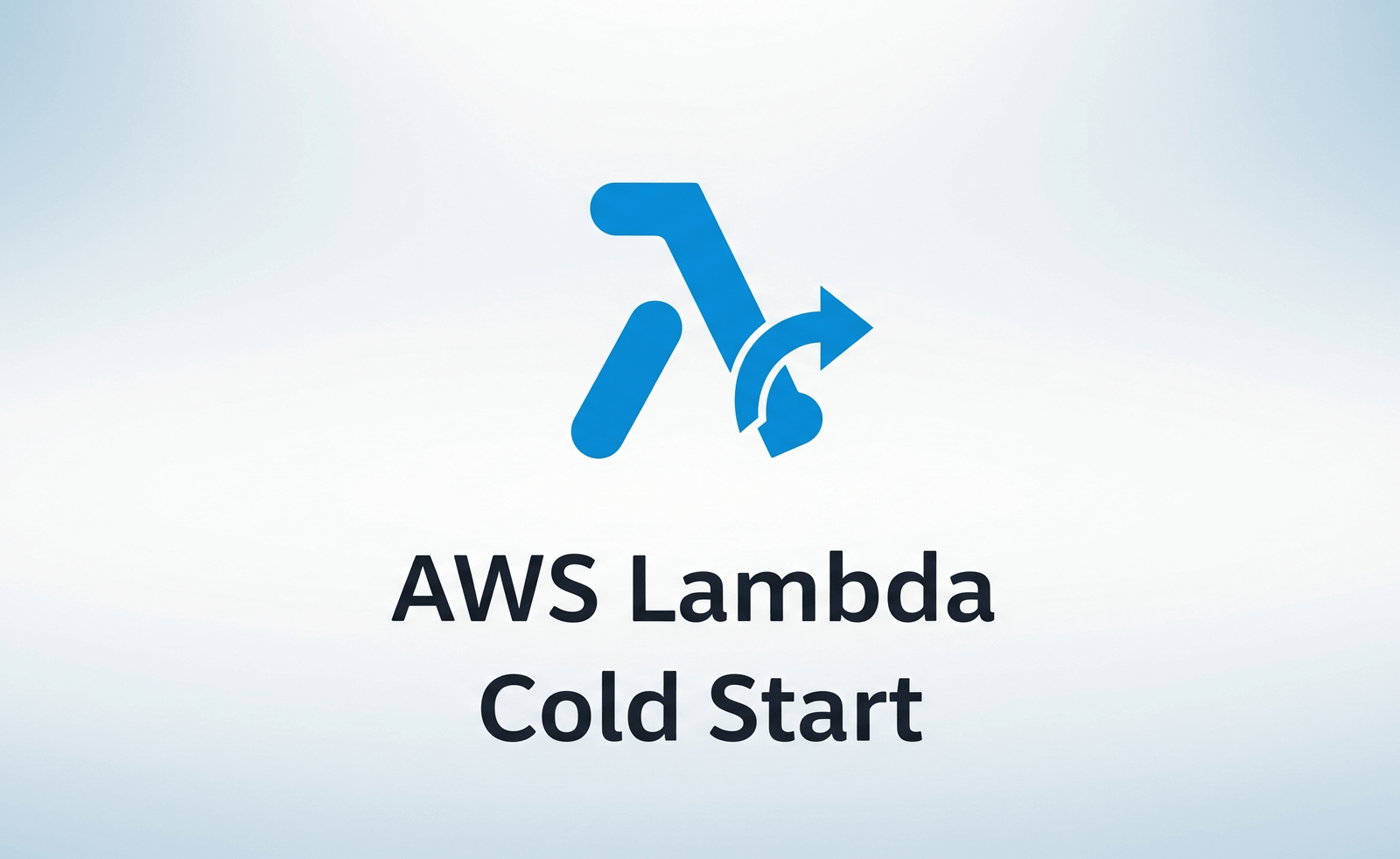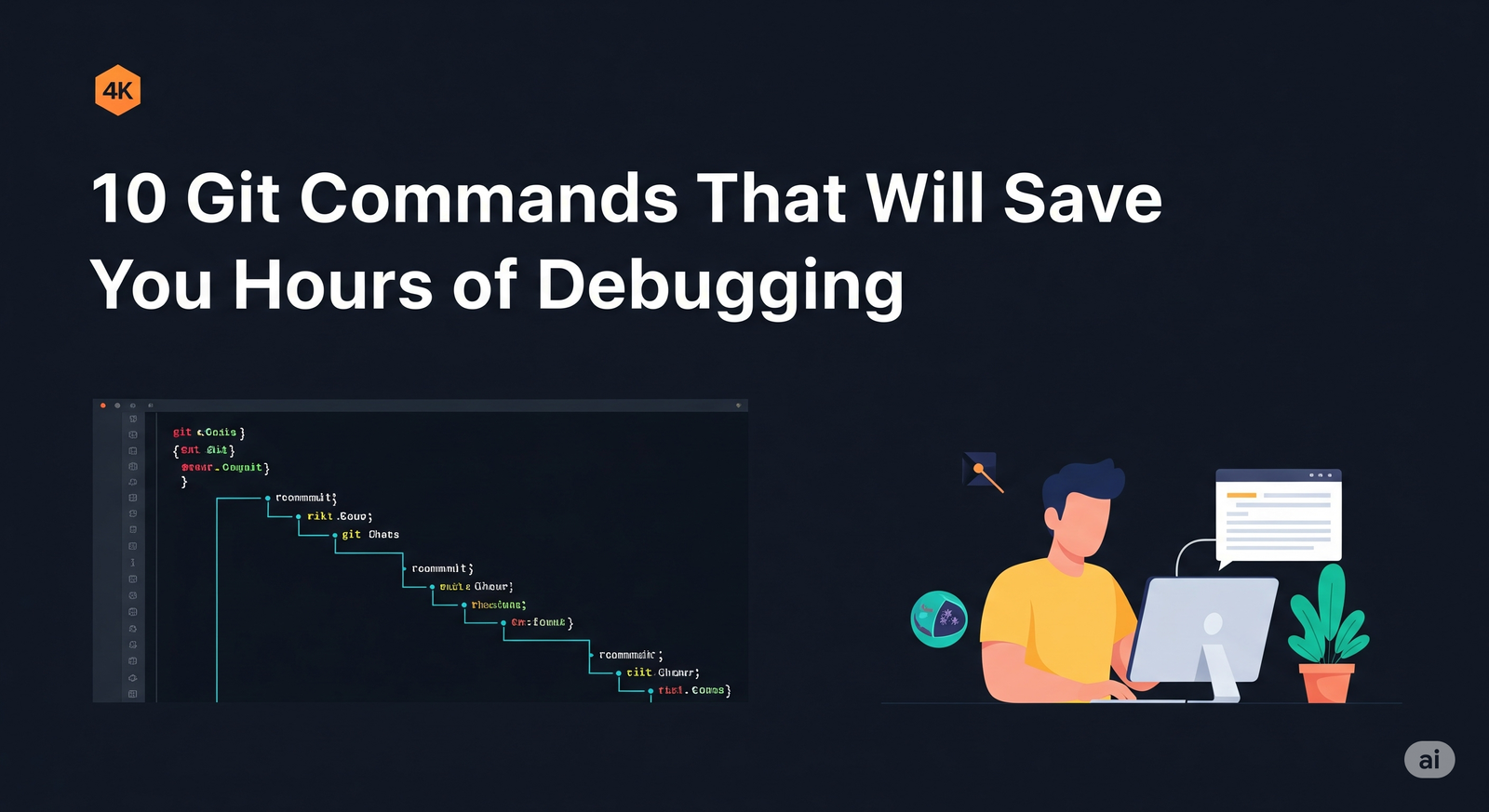Have you ever tried to load a web page or an API for the first time and it just… hangs? That irritating wait is something we’ve all been through, especially in the age of serverless computing. AWS Lambda lets us run code without having to manage a single server, but it has a problem called a “cold start.” (AWS Lambda Cold Start)
This blog post will show you everything you need to know to deal with that delay. We’ll explain what a cold start is, why it happens, and give you the newest and best tips and commands from the developer community to speed up your functions.
What is AWS Lambda cold start, and why does it happen?
A Lambda function is like a taxi that you can call when you need one. If there isn’t already a taxi (an execution environment) waiting at the curb when a request comes in, the service has to acquire a car, warm it up, and send it your way. This takes time, and that’s your chilly start.
There are several steps involved:
1. Finding a Spot: AWS Lambda sets up a new container for your function.
2. Starting the Engine: The language runtime, such as Node.js, Python, or Java, is loaded.
3. Loading the Gear: The code for your function and all of its dependencies are downloaded and unpacked.
4. Ready to Go: Any code that is in the global scope of your function runs. This is often the main reason for the delay.
For most people, this isn’t a big deal, but for APIs or real-time services that need low latency, that extra half-second or more can be a deal-breaker.
The Best Ways to Get Over Cold Starts
The good news is that you can do something about chilly starts. The developer community has come up with several great strategies to lessen their effects.
1. The Code Diet: Make Your Function Smaller
Making your function as light as possible is the easiest and most powerful way to fix it. Your function will start faster if AWS needs to download and package less code.
* Live Simply: Only add the libraries and dependencies that you really require. For example, if you’re using Node.js, you can use a bundler like webpack to “tree-shake” your code and get rid of modules that you don’t need.
* Embrace Layers: Use Lambda Layers for code that needs to be shared or libraries that are too big. This keeps the common code isolated from your function, which makes your individual deployment packages very small.
* Get the Work Done Up Front: Put any logic that doesn’t need to run every time, such establishing up a database connection or starting an AWS SDK client, outside of your primary handler function.
Pro Tip: If you’re using Node.js, you should get the latest version of the AWS SDK for JavaScript v3. It’s modular, so you can only import the service you require, which makes your function much smaller.
2. Pick your runtime carefully
The language you choose has a big impact on how long it takes to start up. Usually, languages that are interpreted, like Node.js and Python, are faster to start than languages that are compiled, like Java and .NET.
* For pure speed: Stick with Node.js or Python.
* For Java Devs: Don’t give up! AWS released a technology called Lambda SnapStart that changed the game. When you publish a function, SnapStart makes a copy of the completely set up execution environment. This means that future calls can start up right away, almost getting rid of cold beginnings. For Java-based functions, it’s a total game-changer.
Command for SnapStart in AWS CLI:
aws lambda update-function-configuration \
--function-name my-java-function \
--snap-start ApplyOn\
--region us-east-1
3. Use Provisioned Concurrency (The Best Way to Go)
This is your golden ticket if you have an application that gets a lot of traffic and has to respond quickly. Provisioned Concurrency maintains a certain number of function instances “warm” so they can reply. This gets rid of all cold starts for those cases that were warmed up ahead of time.
Commands for Provisioned Concurrency in AWS CLI:
To turn it on for a certain alias of your function:
aws lambda put-provisioned-concurrency-config \
--function-name my-api-function \
--qualifier Prod \
--provisioned-concurrent-executions 50
And to check your settings:
aws lambda get-provisioned-concurrency-config \
--function-name my-api-function \
--qualifier Prod
4. Give Your Function More Power
AWS Lambda connects the CPU power to the memory setting of your function. When you add additional memory, you’re also giving it greater computing power, which can make the startup process and the entire execution time much faster.
Smart Tool: Don’t just guess! Use the free and open-source tool AWS Lambda Power Tuning. It’s a terrific method to try out different memory settings and find the best balance between cost and performance for your needs.
5. Calling Asynchronously
Don’t make your user wait for anything that don’t need a quick answer, like sending an email or executing a background job.
* The Pattern: A lightweight, front-facing function gets the request, places a message on a service like Amazon SQS or Amazon EventBridge right away, and sends back a snappy `200` response. That queue then sends a message to a different, asynchronous Lambda function to execute the hard work.
* The Reward: You get a much stronger and more reliable system, and your user receives a fast answer.
6. The Old-School Warm-Up Trick
Before contemporary solutions were available, developers would employ a simple “warm-up” method. They would set up a scheduled rule in Amazon EventBridge to ping their function every few minutes.
Our Opinion: This can work, but it’s a bit of a hack and not as reliable as Provisioned Concurrency. Only use it as a last resort for gatherings with very little traffic where every penny counts.
Conclusion
Cold starts happen naturally in the serverless ecosystem, but they aren’t a deal-breaker. You can design apps that are not just scalable and cheap, but also very quick by being careful with your code, using the correct tools, and knowing what your options are. The most important thing is to plan ahead and design your functions for speed from the start.


